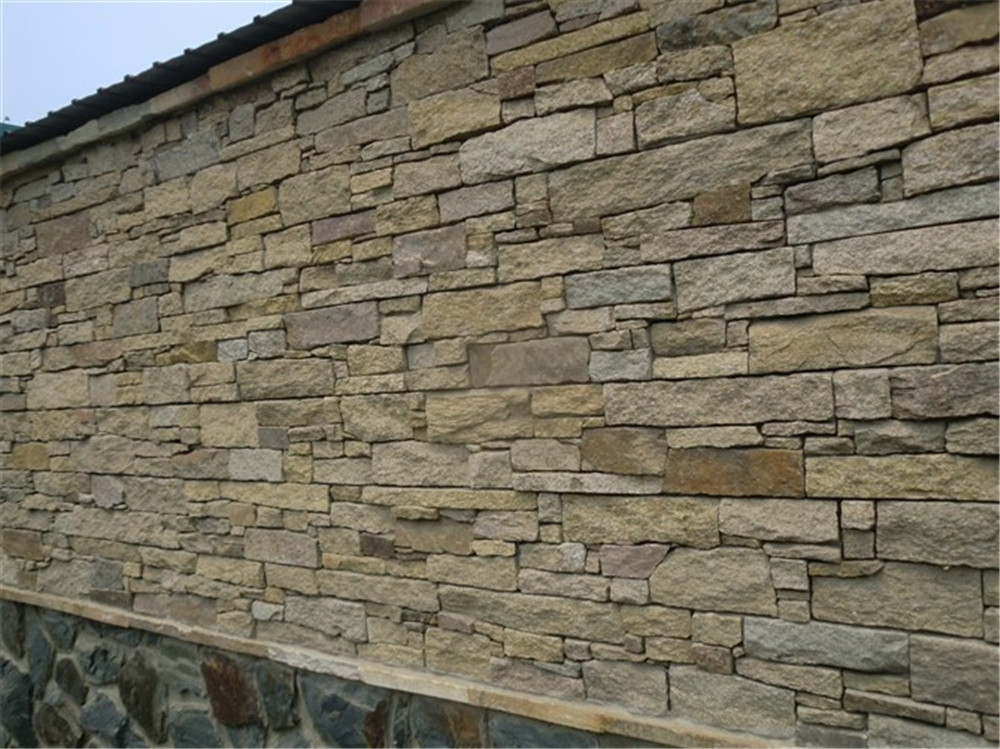Introduction
Fireplaces have long been a focal point of homes, providing warmth, ambiance, and a gathering place for friends and family. In recent years, homeowners have increasingly turned to cultured stone as a versatile and stylish option for enhancing the appearance of their fireplace. Cultured stone, also known as manufactured stone or faux stone, offers the look and feel of natural stone but with added benefits such as affordability, durability, and ease of installation. In this comprehensive guide, we will explore the various aspects of using cultured stone for fireplace design, including its benefits, design options, installation process, and maintenance tips.
Benefits of Cultured Stone for Fireplaces
1. Affordability: One of the primary advantages of cultured stone is its affordability compared to natural stone. Cultured stone is typically less expensive to purchase and install, making it a cost-effective option for homeowners looking to update their fireplace on a budget.
2. Durability: Cultured stone is made from a mixture of natural aggregates, pigments, and cement, resulting in a durable material that is resistant to cracking, fading, and chipping. This durability makes cultured stone an ideal choice for high-traffic areas like fireplaces, where it may be subject to heat and wear.
3. Versatility: Cultured stone is available in a wide range of colors, textures, and styles, allowing homeowners to create a custom look that complements their home's aesthetic. Whether you prefer a rustic, traditional, or modern design, there is a cultured stone option to suit your preferences.
4. Easy Installation: Cultured stone is lighter and easier to work with than natural stone, making it a more manageable option for DIY projects or professional installations. With the right tools and techniques, homeowners can easily transform their fireplace with cultured stone in a relatively short amount of time.
Design Options for Cultured Stone Fireplaces
When it comes to designing a fireplace with cultured stone, the possibilities are endless. Here are https://www.fs-slate.com to consider:
1. Rustic Charm: For a cozy and inviting look, consider using rugged, irregularly shaped cultured stone in earthy tones like brown, gray, or tan. Pairing the stone with a distressed wood mantel and a crackling fire creates a warm and inviting atmosphere reminiscent of a mountain lodge.
2. Modern Elegance: To achieve a sleek and contemporary look, opt for smooth, uniform cultured stone in a neutral color palette such as white, black, or charcoal. Pair the stone with a minimalist mantel and clean lines for a sophisticated and stylish fireplace design.
3. Traditional Appeal: If you prefer a classic and timeless look, choose cultured stone with a natural stone texture in warm tones like beige, cream, or sandstone. Pair the stone with a traditional mantel and decorative accents for an elegant and refined fireplace design.
Installation Process for Cultured Stone Fireplaces
Before beginning the installation process, it is essential to gather the necessary tools and materials. Here is an overview of the steps involved in installing cultured stone on a fireplace:
1. Prepare the Surface: Ensure that the surface of the fireplace is clean, dry, and free of any debris or contaminants. If necessary, apply a layer of moisture barrier to protect the underlying structure from water damage.
2. Apply Adhesive: Use a high-quality construction adhesive to affix the cultured stone to the fireplace surface. Apply the adhesive in a consistent layer, following the manufacturer's instructions for proper coverage and drying time.
3. Install the Cultured Stone: Starting from the bottom and working your way up, press each cultured stone piece firmly into the adhesive, leaving a small gap between each stone for grout. Use a level to ensure that the stones are straight and evenly spaced.
4. Grout the Joints: Once all the cultured stone pieces are in place, fill the gaps between them with grout using a grout bag or trowel. Smooth the grout with a damp sponge to create a clean and uniform finish.
5. Seal the Stone: To protect the cultured stone and enhance its longevity, consider applying a stone sealer according to the manufacturer's recommendations. This will help prevent staining and maintain the appearance of the stone over time.
Maintenance Tips for Cultured Stone Fireplaces
To keep your cultured stone fireplace looking its best, follow these maintenance tips:
1. Regular Cleaning: Dust and debris can accumulate on the surface of the cultured stone, so it is essential to regularly clean the fireplace with a soft brush or cloth to remove any dirt or grime.
2. Avoid Harsh Chemicals: When cleaning cultured stone, avoid using harsh chemicals or abrasive cleaners that could damage the finish. Instead, opt for a mild soap and water solution or a specialized stone cleaner.
3. Protect the Stone: To prevent staining and damage, consider using a fireplace screen or doors to shield the cultured stone from sparks, soot, and other debris generated by the fire.
4. Inspect Regularly: Periodically inspect the cultured stone fireplace for any signs of damage, such as cracks, chips, or discoloration. Address any issues promptly to prevent further deterioration.
Conclusion

Cultured stone offers a versatile and stylish option for enhancing the appearance of your fireplace, providing benefits such as affordability, durability, and ease of installation. With a wide range of design options to choose from, homeowners can create a custom look that complements their home's aesthetic. By following the installation process and maintenance tips outlined in this guide, you can enjoy a beautiful and functional cultured stone fireplace for years to come.
